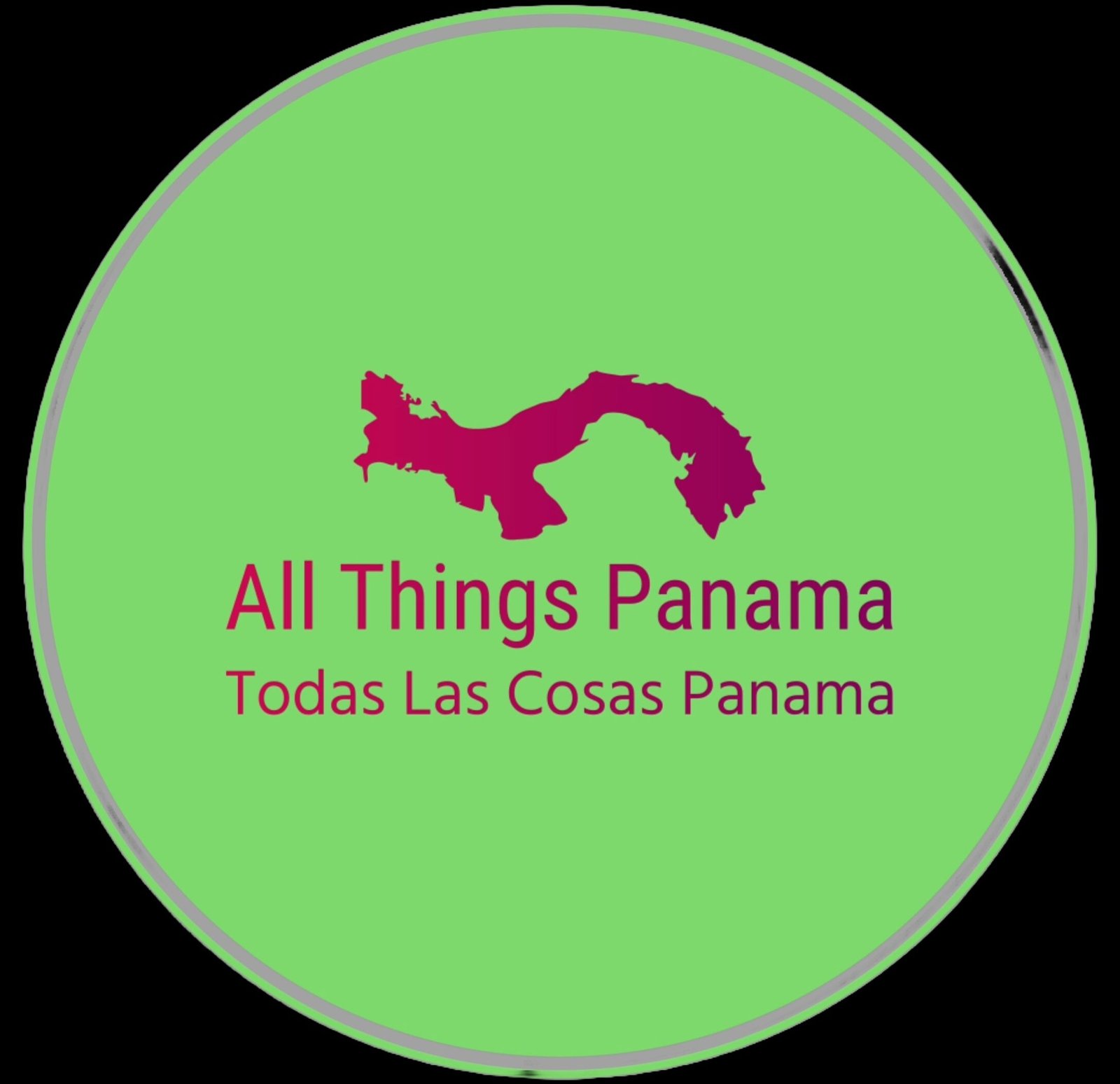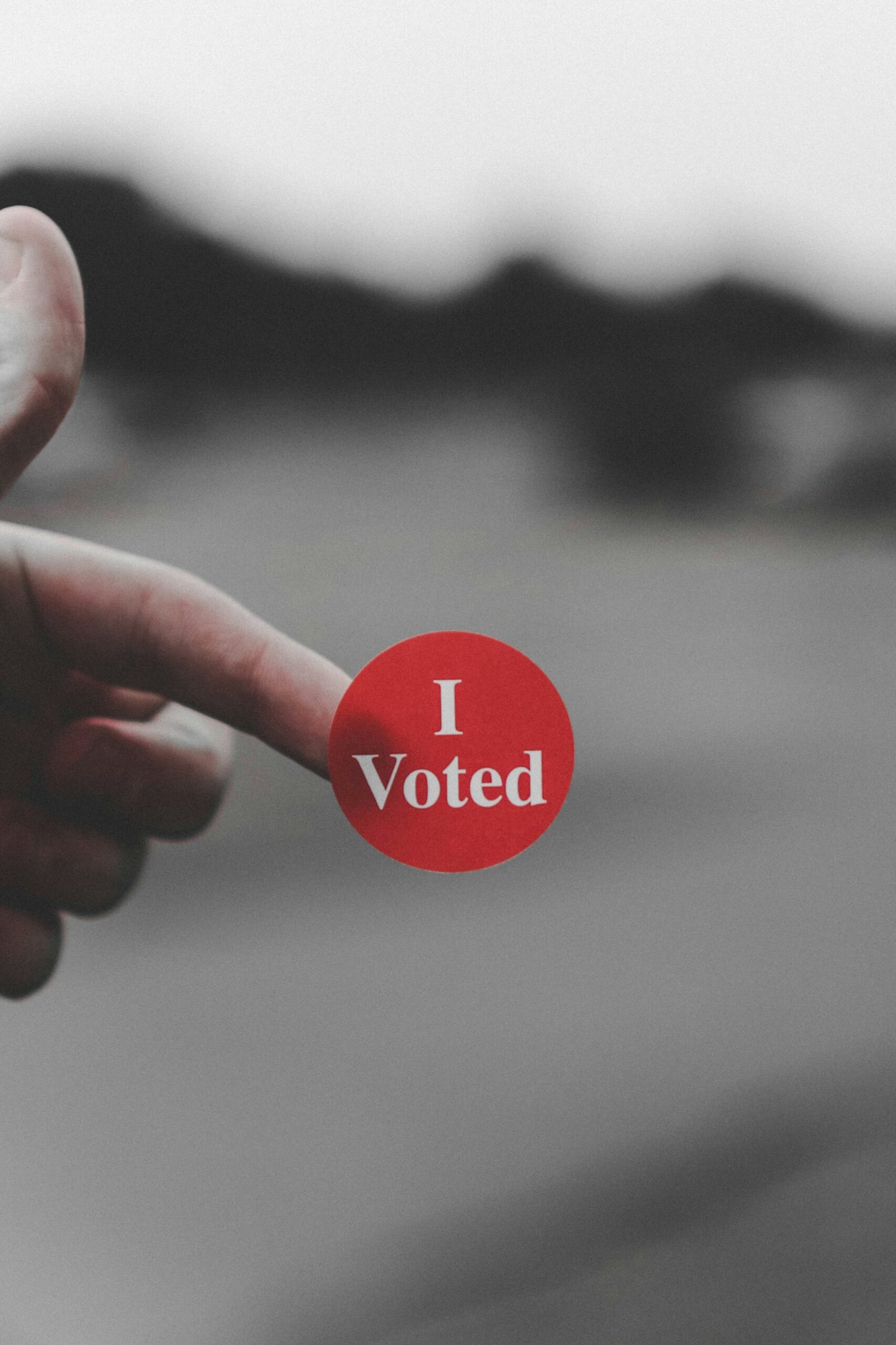A Guide to Panamanian Politics: Voting, Tallying, Presidents, and Provincial Elections
Welcome to our comprehensive guide to Panamanian politics. In this article, we will provide you with all the essential information regarding when, where, and how voting is conducted in Panama. Additionally, we will delve into the process of vote tallying, offer a brief recap of recent presidents and political parties in power, and touch upon provincial elections. Let’s explore the fascinating world of Panamanian politics together in A Guide to Panamanian Politics: Voting, Tallying, Presidents, and Provincial Elections.

Voting in Panama
Voting in Panama is a fundamental right and an essential part of the democratic process. The general elections in Panama are held every five years, typically on the first Sunday of May. During these elections, Panamanians cast their votes to elect the President, Vice President, members of the National Assembly, and representatives to the Central American Parliament.
To exercise their right to vote, Panamanian citizens must be at least 18 years old and registered on the Electoral Roll. The Electoral Roll is maintained by the Electoral Tribunal of Panama, which is responsible for overseeing the electoral process and ensuring its fairness and transparency.
On election day, polling stations are set up throughout the country to accommodate voters. These polling stations are usually located in schools, community centers, or other public buildings. To find your designated polling station, you can visit the Electoral Tribunal of Panama’s website and use their online polling station locator.
Vote Tallying Process
After the voting process is completed, the Electoral Tribunal of Panama begins the task of tallying the votes. This process involves the careful counting and verification of each vote to ensure accuracy and transparency.
The Electoral Tribunal uses electronic voting machines, which have been in place since 1994, to facilitate the vote tallying process. These machines are designed to record and tabulate the votes cast by the electorate. The use of electronic voting machines has significantly expedited the tallying process, allowing for faster and more efficient results.
Once the votes are tallied, the Electoral Tribunal announces the official results, declaring the winners of the various positions being contested. This announcement is made public, and the elected officials are then sworn into office.
Recent Presidents and Political Parties
Over the years, Panama has experienced a diverse political landscape with various presidents and political parties coming to power. Here is a brief recap of some recent presidents and the political parties they represent:
- Ricardo Martinelli (2009-2014): Democratic Change Party
- Juan Carlos Varela (2014-2019): Panameñista Party
- Laurentino Cortizo (2019-present): Democratic Revolutionary Party
These are just a few examples, and Panama has a rich history of political parties and leaders shaping the country’s political landscape.
Provincial Elections
In addition to the general elections, Panama also holds provincial elections to elect governors and local representatives. These elections take place every five years, coinciding with the general elections. The provincial elections allow Panamanians to have a say in the governance of their respective provinces and ensure local representation.
If you are interested in learning more about the provincial elections and the candidates running in your province, you can visit the Electoral Tribunal of Panama’s website. They provide comprehensive information on the candidates, electoral districts, and voting procedures specific to the provincial elections.

As an engaged citizen, participating in both the general and provincial elections is crucial to shaping the future of Panama and having your voice heard.
Now that you have a better understanding of Panamanian politics, voting procedures, vote tallying, recent presidents, and provincial elections, you are well-equipped to navigate the political landscape of this vibrant nation. Remember, staying informed and exercising your right to vote are essential for a thriving democracy.


Pingback:Visa and Passport Requirements for Traveling to Panama - All Things Panama